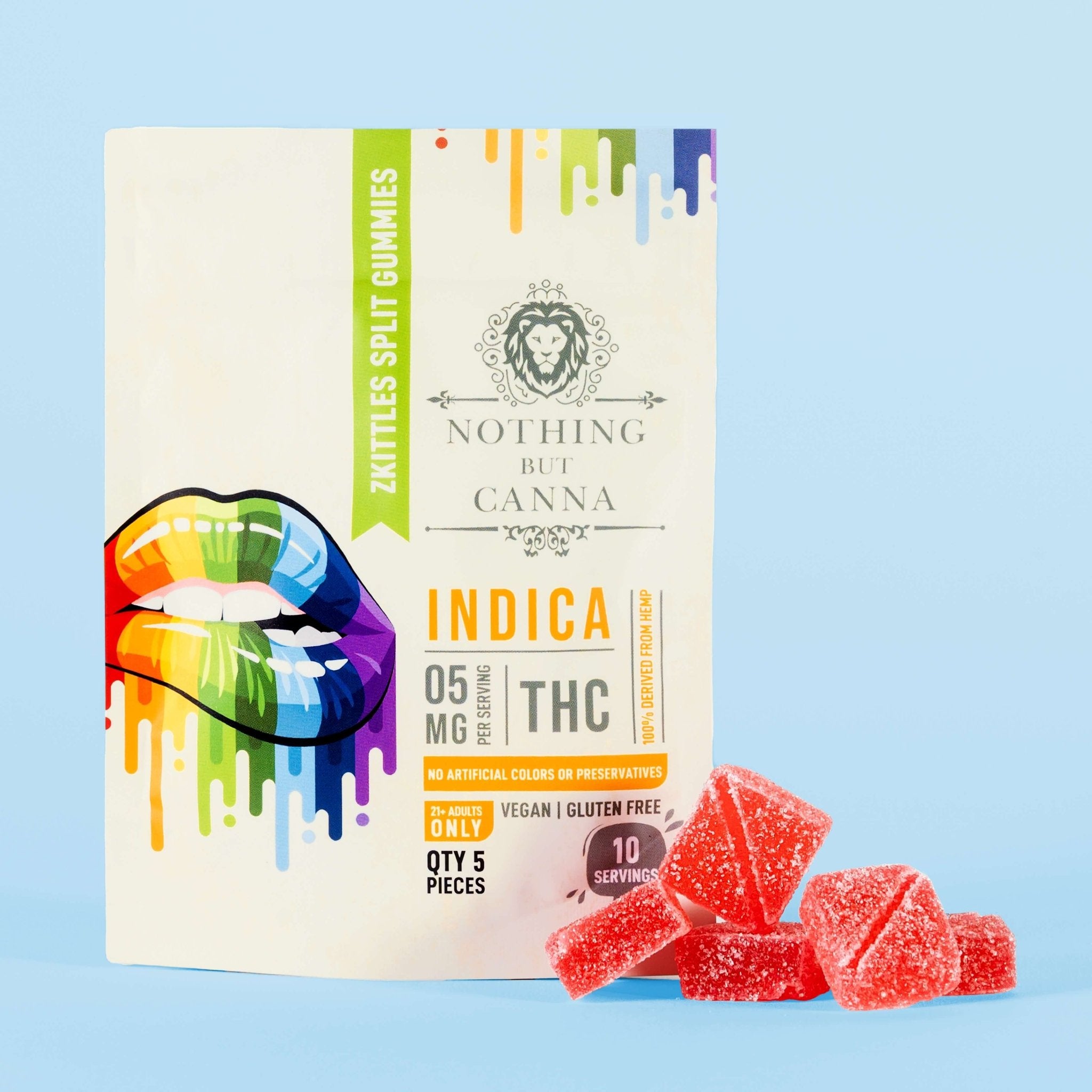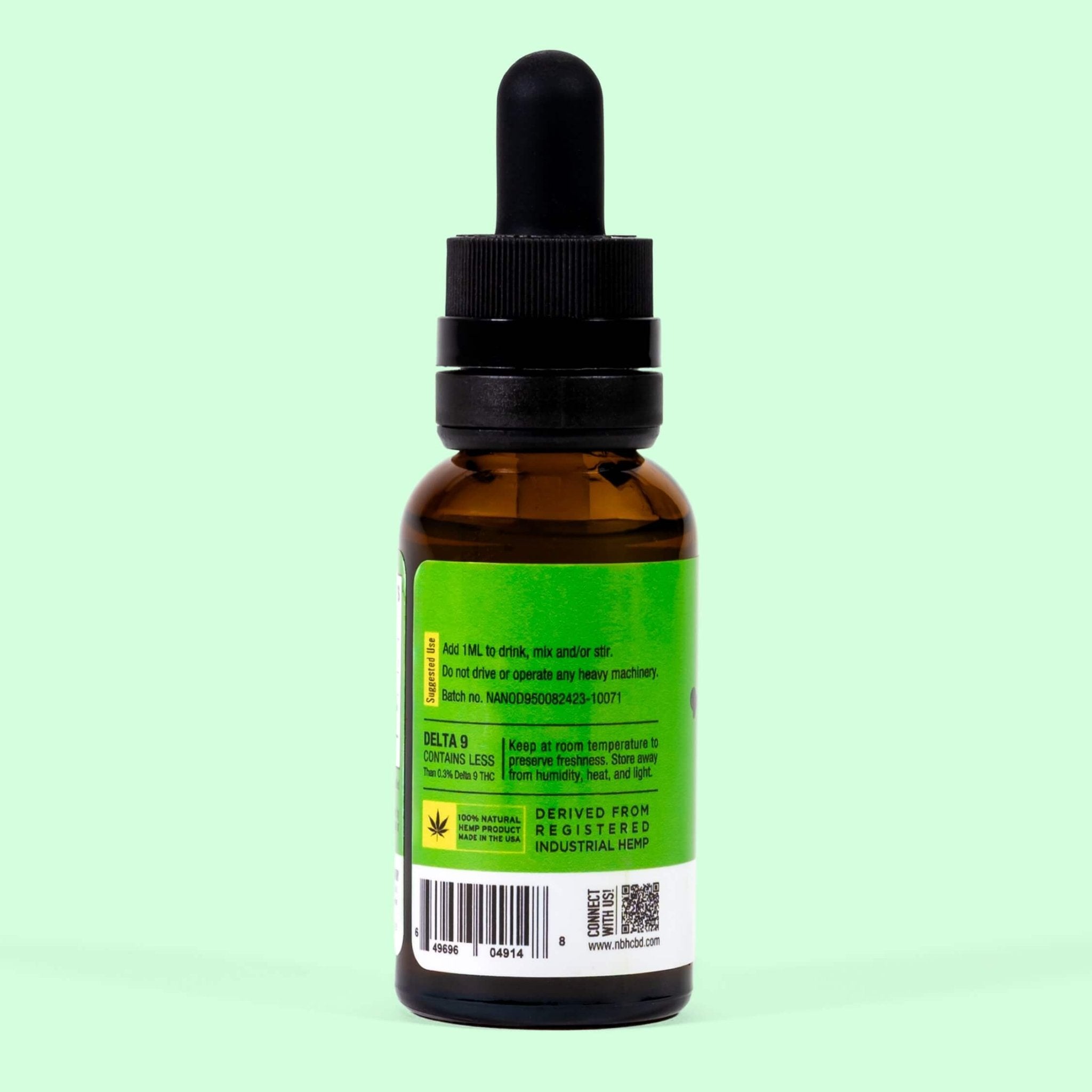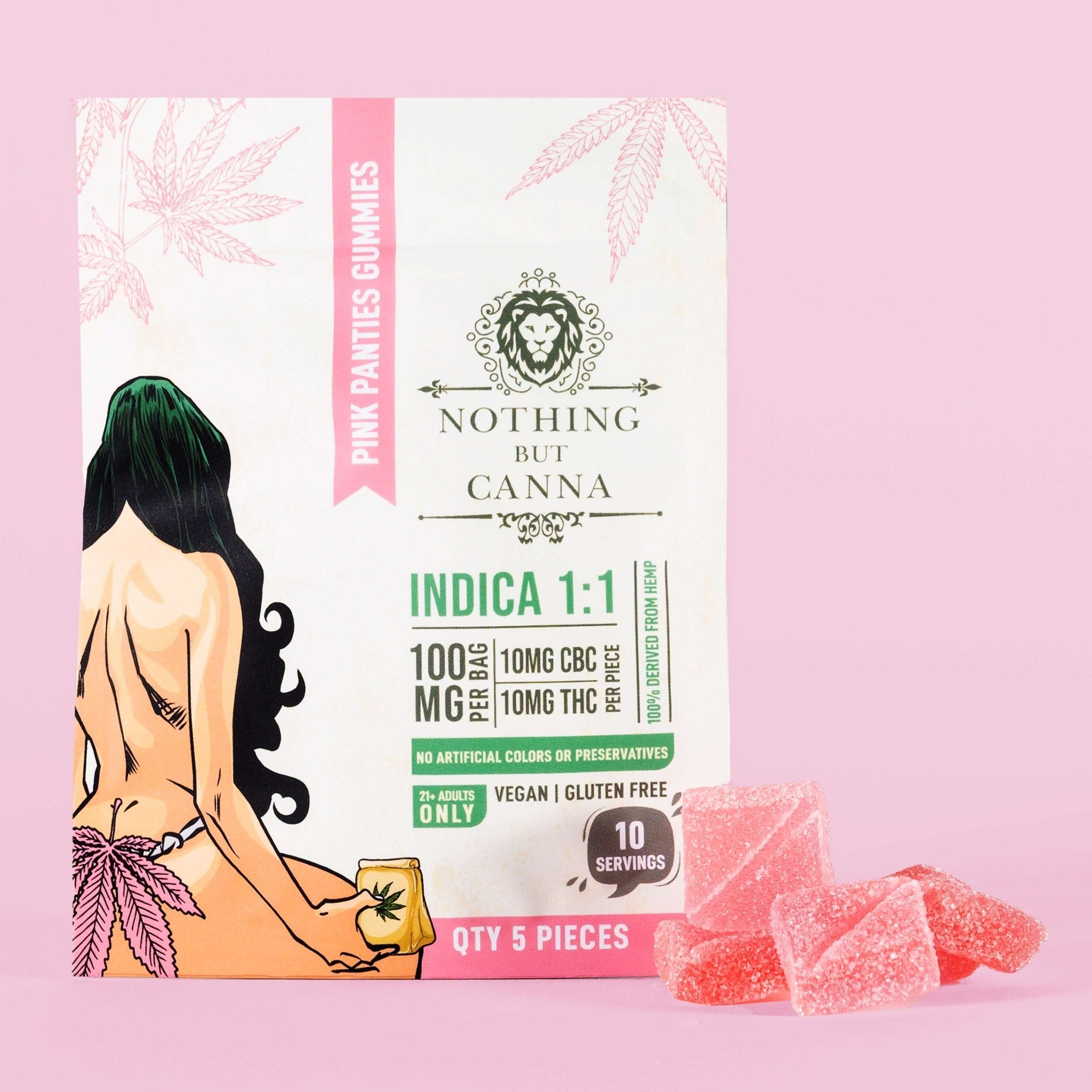With both market sectors struggling currently, working together could help both hemp and cannabis companies survive the economic downturn.Â

The holiday season is in full swing, and for many families in America, that usually means at least one or two uncomfortable gatherings where differing political and religious ideologies and old family wounds flare up into heated discussions, almost always ending with more hurt feelings, potentially broken dishes, and the inevitable tear-stained apologies and regrets.
That is why the ongoing battle between cannabis and hemp interests is relatable to so many people. No feud is as vicious or damaging as one between family members. And the current bad blood spilling out between the two into state houses, courtrooms, and multiple media outlets across the country is a visceral display of that dislike, distrust, and brokenness between the sibling plants.
What makes the carnage even more heartbreaking is that both industries could and should be working together to help bolster both ailing markets. Despite its sluggish performance over the past few years, the recreational cannabis market should top $33.88 billion by the end of 2023. Likewise, that growth is expected to continue at a compound annual growth rate of 14.66% from 2023 to 2028, ending with a market volume of $67.15 billion by 2028.
Similarly, according to a recent economic study released by Whitney Economics, the hemp industry generated over $28.4 billion in sales revenue last year, exceeding the amount produced by all state cannabis markets combined. Based on sales tax on hemp items alone, the firm also estimates that states collected $1.5 billion in tax revenue in 2022.
"For context, hemp-derived cannabinoid sales nationally were greater than total legal sales of medical and adult-use cannabis in 2022," the report says.
"For context, hemp-derived cannabinoid sales nationally were greater than total legal sales of medical and adult-use cannabis in 2022."
- Whitney Economics 2023 U.S. National Cannabinoid Report
So why is there so much animosity between hemp and cannabis interests? The simple answer is greed. Even though hemp-based, low-THC products are legal (Farm Bill 2018) and their sale produces billions of dollars in revenue and jobs for hundreds of thousands of Americans, corporate cannabis is determined to minimize and ultimately destroy what they perceive to be unwelcome competition.
Many marijuana operators blame hemp-derived cannabinoid products for the prolonged decrease in retail cannabis sales, pointing to legal confusion and a lack of regulatory oversight concerning hemp products.
However, the issues plaguing the recreational cannabis industry are not being generated by the hemp industry. The actual factors negatively affecting marijuana businesses are overregulation, excessive taxation, complicated operating guidelines, and the lack of a cohesive federal regulatory infrastructure.
In addition, many in the cannabis camp are fond of characterizing the hemp-derived cannabinoid market as the "Wild West," with little to no regulation guiding the fast-growing and competitive sector. However, most states with legal adult-use cannabis have either severely restricted or banned hemp-derived THC products.
Likewise, most of the remaining states that do allow the sale of hemp-based cannabinoids have strict regulations to control and monitor items such as age verification, manufacturing, labeling, full-panel testing, and marketing.
Cooperation and reunification may be a better strategy choice for both industries as the first quarter of this century comes to a close. An example of that shift in attitudes and approach is a recent trend by more and more marijuana companies to add hemp-derived THC products to their lineups.
Along with sharing the same physical roots, hemp and marijuana also share a legacy of entrepreneurial spirit and innovations. The hemp industry is predominantly comprised of independent farmers and small business owners, including women, minorities, and thousands of other hardworking individuals dedicated to the success and growth of the hemp market sector, much like the legal marijuana industry during its early development.
For the 26 states that do not have legal and regulated adult-use cannabis sales, there may be opportunities to create joint ventures between marijuana and hemp interests to develop novelty low-THC offerings, for example.
Instead of an existential battle for singular supremacy, both sides should be competing in new product development and not product access. By pooling knowledge and resources, cannabis and hemp, much like their dependence on each other during the physical growing process, are much better off together than apart.
Education, understanding, and a commitment to a grander long-term vision are the foundational pillars necessary to ensure the ultimate success and viability of hemp and cannabis over the next 25 years and beyond.








































